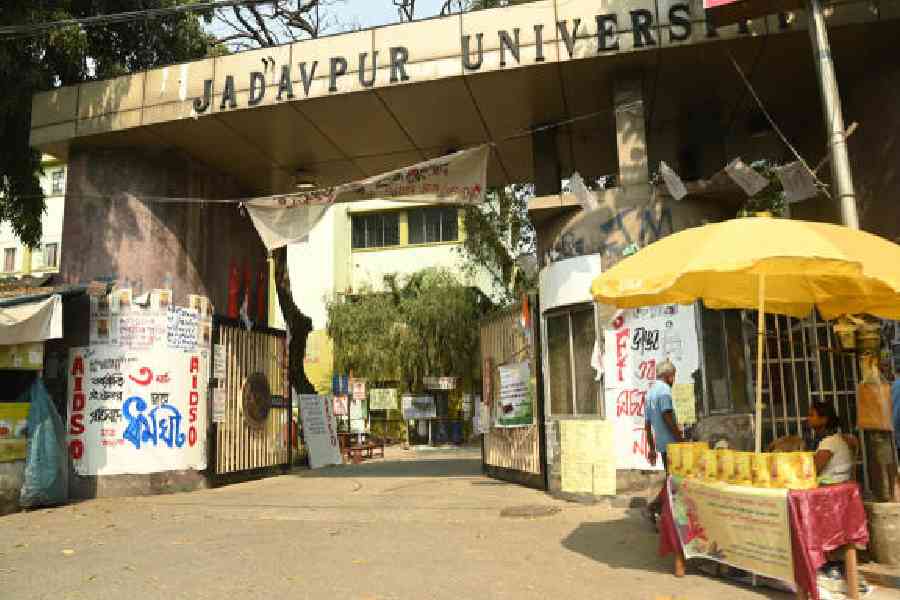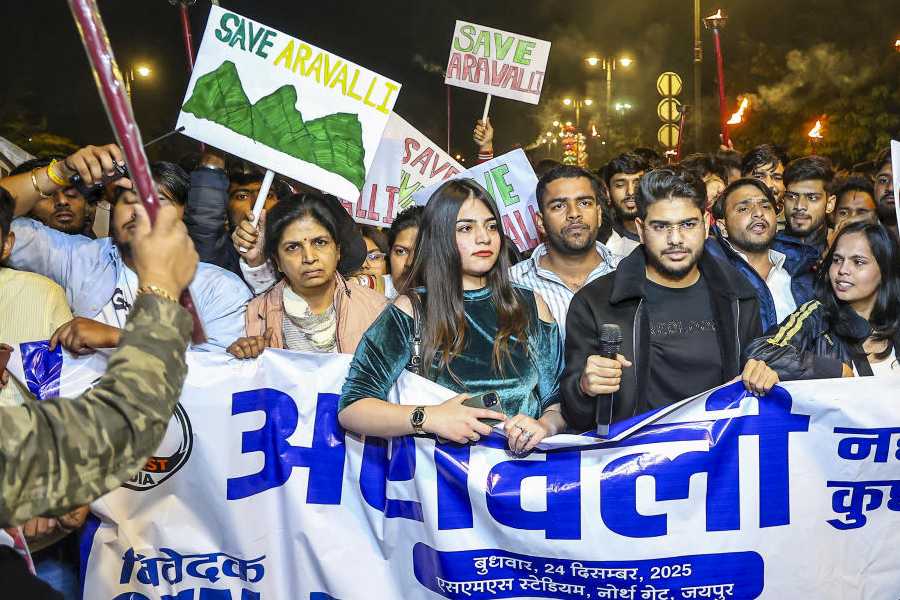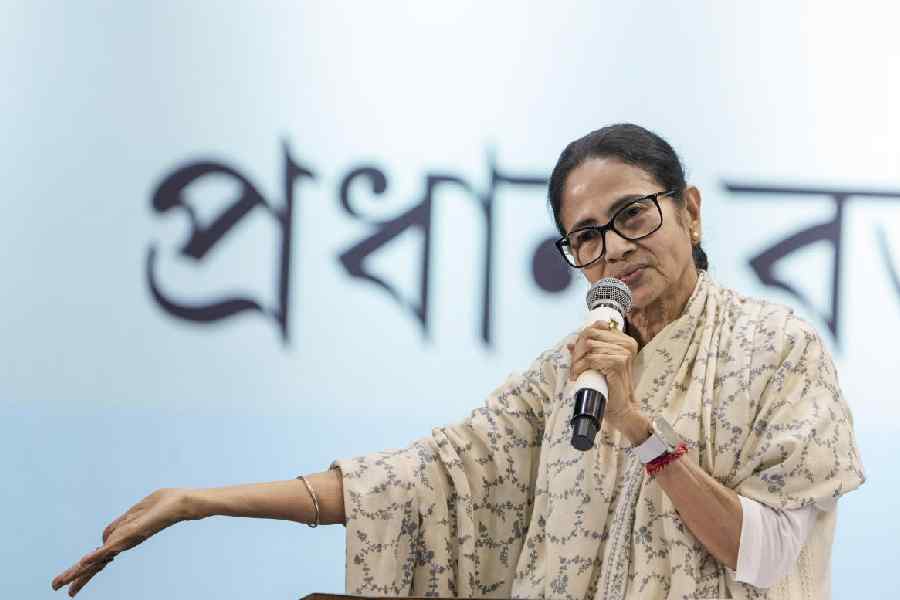 |
Translation has played a key role in lending Odia literature and language their distinctive character. In fact, one may with justice claim that there existed a vigorous translation culture in Odisha.
In 15th and 16th centuries translations of Sanskrit classics such as the Mahabharat, the Ramayan and the Bhagavat into Odia contributed to enriching and stabilising Odia language and transforming it into a powerful medium of conveying subtle shades of meaning, complex worldviews and reflections on deeper metaphysical issues and of crafting character.
In the hands of a poet such as Sarala Das, translation became a mode of rewriting the original text, a way of re-conceptualising the Sanskrit Mahabharat. Jagannath Das’s translation of the Sanskrit Bhagabat conferred stability on Odia language and lent it a depth and suppleness which few have been able to rival since.
It gave Odia readers an idiom in which the deepest emotions of life could be recalled. Thus the foundation of the Odia literary culture was laid by these inspired translations of Sanskrit classics and making these accessible to ordinary Odia readers.
The role the translators played in rendering these venerated texts was not a passive one; they made every effort to fill these texts with the flavour of local life and reinterpreted the narratives and characters whenever they felt the need for doing so.
Translation came to play a crucial role in Odisha at another moment of history. After the British occupation of Odisha in 1803, Christian missionaries undertook the translation of the Bible into Odia with a view to spreading Christianity among the natives. In translating the Bible into Odia, the missionaries came to approach it as an object of knowledge and sought to understand the ways it worked. In the process new possibilities of writing Odia prose were explored.
The evolution of modern Odia prose had vital implications for the spread of modern education in Odisha. Textbooks came to be written in prose and became extremely useful vehicles for shaping a modern outlook on life and the world.
A class of western educated Odias arose as the century progressed and came increasingly into contact with intellectual life in England and Europe. Exposure to English literary texts and ways of thought pursued in the west led to an interrogation of tradition and to a quest for new literary models and techniques. Translation now enabled the newly educated in Odisha to access western texts. Modern Odia writers like Radhanath Ray adapted western narratives and presented them as Odia poems. Although not presented as translations, his poems, which reworked western texts such as Pyramus and Thisbe, Atlanta’s Race, and Cenci, sought to introduce a new sensibility into Odia literature and developed new techniques of self-expression under western influence. New literary forms like the sonnet were introduced into the Odia literary scene and blank verse came to be popularised at the initiative of Radhanath Ray.
Madhusudan Rao, a contemporary of Radhanath and a major Odia poet, translated English lyrics into Odia, the most famous of which is his translation of William Cowper’s poem on Alexander Selkirk. His example was followed by others and almost all the issues of the popular Odia
Literary magazine Utkal Sahitya carried translations of English poems and European short stories.
It is interesting to note that these were not always presented to the readers as translations and offered to them as imitations of or modelled on western texts. The translators often sought to adapt these to suit the sensibility and taste of Odia readers. As we move closer to the time when the anti-colonial struggle created a new mood in India, translation came to play an important role in expressing and contributing to this mood.
An attempt was made, especially by writers to belonged to the Satyabadi era, to adapt famous western texts and employ them to instil a sense of pride in one’s own culture and to undermine imperial rule. Mention may be made here of Nilakantha Das’s Dasa Nayak, which is an adaptation of Tennyson’s Enoch Arden and his Pranayini, which is modelled on the same author’s Princess. Das’s illustrious contemporary, Godabarish Mishra completely rewrote Dickens’s canonical novel A Tale of Two Cities and used the plot and characters of the English novel to narrate the story of the Paik rebellion, which took place in 1817 and articulate a vision of a future India free of British rule. He also reworked two other western texts, Les Miserabele and Dr Jekyll and Mr Hyde. Translation in this context consists in a selective encounter with the west and an attempt to use western texts to articulate a nationalist vision. With the emergence of Gandhi as the most charismatic leader of the Independence movement, his ideas and his message got disseminated through the translation of his works, especially his autobiography, made by Gandhians in Odisha.
Some of Nehru’s works also found their way to the Odia readership through translation. The adoption of Hindi as the national language during the freedom struggle and the propagation of Hindi by freedom fighters in Odisha created a space for the reception of the fiction of Hindi writers like Premchand through translation.
A shift in the translation culture in Odisha can be noticed after the attainment of Independence. The largely Anglo-centric perspective of translators in the state who chose to render British literary texts into Odia, now gave way to a deeper concern with world literature. A significant initiative in this direction was taken by Prafulla Das, the proprietor of Manamohan Pustakalay, a major publishing house, who was himself a translator.
Under his leadership, an ambitious project involving the translation of Nobel prize winning books was executed. Several famous novels and poems, such as T.S. Eliot’s The Wasteland, Pearl S. Buck’s Good Earth, Gtrazia Delledda’s The Mother, Ernest Hemingway’s For Whom the Bell Tolls and the Old man and the Sea, Bertrand Russell’s The Satan in the Suburbs now became available to Odia readers through translation. This growing concern with world literature also found expression in programmes undertaken by other publishers in Odisha. Abridged versions of many world classics came to be published for the benefit of children.
These initiatives made Odia readers a part of what Susan Sontag calls ‘a community of literature’. A series of knowledge texts also came to be translated into Odia under the aegis of government agencies like the textbook bureau but these did not find favour with the reading public as these were not properly edited or made accessible to the ordinary reader.
Translation activities go on in Odisha. A growing new trend concerns the translation into English of Odia texts. But the pioneering spirit which informed translation activities in the 19th century and in the decades before and after Independence seems to be missing.
Thus, there is an urgent need to infuse the translation culture in Odisha with new vitality and a sense of purpose.











